Brachioradialis Muscle Pain
When you feel pain in the muscle of the forearm and elbow, it may be Brachioradialis Muscle Pain. This muscle pain feels like shooting pain. This pain arises due to overuse muscle soreness or muscle strain and/or tendonitis of the muscle.
What is Brachioradialis Muscle Pain?
- Brachioradialis muscle pain generally feels like a shooting pain in the forearm and elbow joint.
- This pain is always confused with the tennis elbow because both conditions are generally caused by overuse and overexertion.
- This pain is produced due to the Brachioradialis strain and Brachioradialis tendinitis.
- The patient feels tightness, pain, and spasm in the muscle.
- This pain is reduced by RICE therapy and exercise.
Anatomy of the brachioradialis muscle
- The origin of the brachioradialis muscle is the lateral supracondylar ridge of the humerus bone and upper arm bone, then it runs down to the forearm and inserts on the styloid process of the radius bone.
- The brachioradialis muscle is a superficial muscle so it is easily seen and palpated.
- This muscle is innervated by the radial nerve.
- The cubital fossa of the elbow joint, also known as the elbow pit is bordered laterally by the brachioradialis muscle. The fossa includes structures like the biceps brachii tendon, the median nerve, and the brachial artery.
- The function of this brachioradialis muscle is to flex the elbow joint, and this muscle is most powerful and active when the forearm is in a neutral position between the pronation and supination activity.
Causes of the brachioradialis pain
If the patient does overuse the brachioradialis muscle which stimulates muscle pain:
Brachioradialis muscle strain:
If the patient uses sudden force to the forearm or wrist joint which is an overload on the brachioradialis, which causes mild or severe tearing of the muscle.
When this occurs pain and swelling are felt in the forearm, and it is hurt to move the arm normally.
Brachioradialis tendinitis:
If use repetitive stress on the brachioradialis muscle, like as it occurs in movements like tennis and hammering, which is suffering from tendinitis.
It is produced by pain and swelling around the forearm.
Forearm weakness from cervical radiculopathy:
A pinched nerve in the neck is produce forearm pain and weakness.
This affects the brachioradialis muscle and makes moving the arm difficult in the wrist joint.
Avulsion fracture of the brachioradialis tendon :
A high-velocity force on the forearm muscle is cause the brachioradialis tendon which is breaking away from the radius bone so that it is leading to a tear in the tendon.
When the torn tendon has also removed the piece of bone, it is known as an avulsion fracture.
This fracture causes pain, swelling, and bruising of the forearm.
When this occurs Nerve damage is also given to result, which is cause numbness and tingling in the arm and hand.
Overexertion of the muscle:
When the applied overload on the brachioradialis muscle for extended periods, it is become too tender, ultimately, and painful.
Manual labor and weightlifting are also the two most common causes of Brachioradialis muscle pain.
If they occur repetitive movements which are produced when the patient play a tennis game and typing on the keyboard.
Brachioradialis muscle pain is also caused by physical contact injuries such as a fall or a blow from a hard object.
When the patient suspects you have any condition with the brachioradialis muscle, that patient must be in contact with the healthcare provider.
They give the patient an accurate diagnosis of the condition and give to guide in rehabbing the brachioradialis muscle.
Symptoms of Brachioradialis muscle pain
The most typical symptom of brachioradialis muscle pain is patients feel excessive tightness of the muscles of the forearm.
The patient is feeling pain in the forearm and elbow joints. The patient feels the pain in:
- Back of the hand
- Thumb
- Index finger
Some movements which are triggering the pain include:
- Turning a screwdriver
- Turning a doorknob
- Shaking hands with someone
- Drinking with a cup or mug
Treatment of Brachioradialis muscle pain
An injury into the brachioradialis muscle pain helps from the proper rehab which helps the move again.
RICE principle
The initial phase of rehab includes using the R.I.C.E. principle:
rest, ice, compression, and elevation.
It helps to maintain the initial inflammatory response and limit pain with swelling.
Use the RICE principle for pain relief in the starting stage :
R [ Rest ]: Limit the use of this muscle as much as possible during the 72 hours after the onset of pain.
I [ Ice ]: For to limit the inflammation and swelling, the patient is used to the ice for 15 to 20 minutes every 2 hours, the patient is also used to ice packs and frozen peas.
C[ Compression ]: To decrease the swelling loosely wrap the forearm with a medical bandage.
E [ Elevation ]: To minimize the swelling, keep the forearm and elbow joints elevated.
Once the brachioradialis muscle pain is healed and then used for specific exercises which is improve the muscle’s strength.
exercise also helps in preventing future incidents.
Heat and Ice therapy
- Ice is used on the forearm and brachioradialis muscle which is help to control the localized swelling, pain, and inflammation.
- Ice must be used for 10-15 minutes.
- Ice therapy is also used as ice packs.
- After a few days, when the injury of the muscle is healed, heat is used to promote blood flow and improve tissue mobility.
- Heat is applied for 10 – 15 minutes in the area of pain and several times a day.
- Heat therapy is also used for the hot pack.
- Must be careful to avoid burns from heat and frost burns from ice.
Massage
- When the pain appears in the muscle it is present with many trigger points in the brachioradialis muscle.
- So massage is given to benefit from reducing the pain.
- Massage helps to decrease pain, improve tissue mobility and improve blood flow.
- Massage is given with to help of an oil and massager machine.
- Massage is applied in a circular movement.
Kinesiology Tape
A physiotherapist is suggested for kinesiology taping for the brachioradialis muscle pain.
This tape is used to reduce pain, improve muscle function and decrease spasms of the muscle after the injury of the muscle.
Physiotherapy treatment for Brachioradialis muscle pain
The physiotherapy treatment includes electrotherapy, stretching, exercise, and strengthening exercise which is helping to relieve the pain and swelling of muscle
Electrotherapy treatment for Brachioradialis pain:
In the electrotherapy treatment SWD, the US, TENS, and IFT machines are applied for pain relief and to reduce swelling and spasms.
If patient tenderness and trigger points are present in the muscle so that is used to US ( ultrasound ) therapy is for reducing the tenderness and trigger point as well as swellings.
Strengthening exercise for Brachioradialis muscle pain:
- Reverse Barbell Curl
- Dumbbell Hammer Curl
- Rear Front Rotations
- Arm Kettlebell Reverse Curl
- Resistance Band Hammer Curl
- Arm Kettlebell Hammer Curl
- Hammer curls
- Forearm pronation
- Forearm supination
Reverse Barbell Curl:
The patient’s position is holding a barbell with the hands roughly the shoulder joint width apart and palms facing towards the patient.
Then the patient assumed a sturdy standing position with the back straight, and contract the biceps muscle to curl the barbell upwards.
After then squeeze the biceps muscle hard at the top of the repetition and slowly back to the starting position.
Repeat this exercise 3 times in 1 session and 2 to 3 sessions every day.

Dumbbell Hammer Curl:
The patient’s position is holding a pair of dumbbells with the palms facing each other.
Then the patient assumed a sturdy standing position with the back straight, engage the core muscle, and contract the biceps muscle to curl the dumbbells upwards.
Then squeeze the biceps muscle hard at the top of the repetitive and slowly lower the dumbbells and back to the starting position.
Repeat this exercise 3 times in 1 session and 2 to 3 sessions every day.
Rear Front Rotations:
The patient’s position is holding a pair of dumbbells with the palms facing toward each other, and maintaining the very bottom end of the shafts.
The patient is in a sturdy standing position and keeps the arms by the sides, and then contracts the brachioradialis muscle to flex the wrist joint up and bring the front end of the dumbbells upwards.
Then squeeze the brachioradialis muscle hard and lower the dumbbells and back to the starting position.
Repeat this exercise 3 times in 1 session and 2 to 3 sessions every day.
Arm Kettlebell Reverse Curl:
The patient’s position is holding a kettlebell with one hand and the palm facing towards the patient.
Then the patient is in a standing position with the back straight, and contracts the brachioradialis muscle to curl the kettlebell upwards.
After then squeeze the brachioradialis muscle hard at the top of the rep and slowly back to the starting position.
Repeat this exercise the 3 times in 1 session and 2 – 3 sessions every day.
Resistance Band Hammer Curl:
The patient’s position is holding the ends of a resistance band with the palms facing each other.
Then the patient is in a sturdy standing position on the resistance band with the back straight and engages the core muscle and contracts the biceps muscle to curl the hands upwards.
After then squeeze the biceps muscle hard at the top of the rep and slowly lower the hands and back into the starting position.
Repeat this exercise the 3 times in 1 session and 2 – 3 sessions every day.
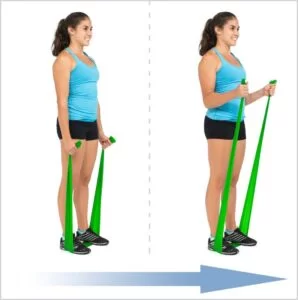
Reverse Dumbbell Zottman Curl:
The patient’s position is holding a pair of dumbbells with the palms facing toward you.
Then the patient is in a standing position with the feet roughly hip joint width apart.
Must keep the back straight, and contract the biceps muscle to curl the dumbbells upwards.
After the squeeze, the biceps muscle is hard at the top and twists the hands so that the palms face forward.
Then slowly lower the dumbbells and back into the starting position and twist the hands so that the palms are facing towards the body again.
Repeat this exercise the 3 times in 1 session and 2 – 3 sessions every day.
Arm Kettlebell Hammer Curl:
The patient’s position is holding a kettlebell with one hand and palm facing inward.
Then the patient is in a sturdy standing position with the back straight, and contracts the bicep muscle to curl the kettlebell upwards.
After then squeeze the bicep muscle hard at the top of the rep and slowly back to the starting position.
Repeat this exercise the 3 times in 1 session and 2 – 3 sessions every day.
Hammer curls
The patient’s position is in a standing and sitting position for the exercise in starting position.
Then the patient is holding a dumbbell in the hand with the arm at the side and keeps the hand and wrist in a neutral position.
Then flex the elbow joint up as far as possible.
The patient hand position is look like holding a cup of water.
Once the elbow joint is fully flexed then slowly lower the weight down.
Repeat this strengthening exercise 10 to 15 times every day.
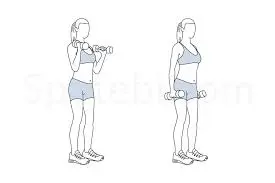
Forearm pronation
The patient’s position is in a standing and sitting position for the exercise in starting position.
Then the patient is holding a small dumbbell in the hand and rests the forearm on a table with the palm up.
After then slowly turn the palm over till it the facing down.
Maintain this exercise position for a few seconds, and then back to the starting position.
Repeat this strengthening exercise 10 to 15 times every day.
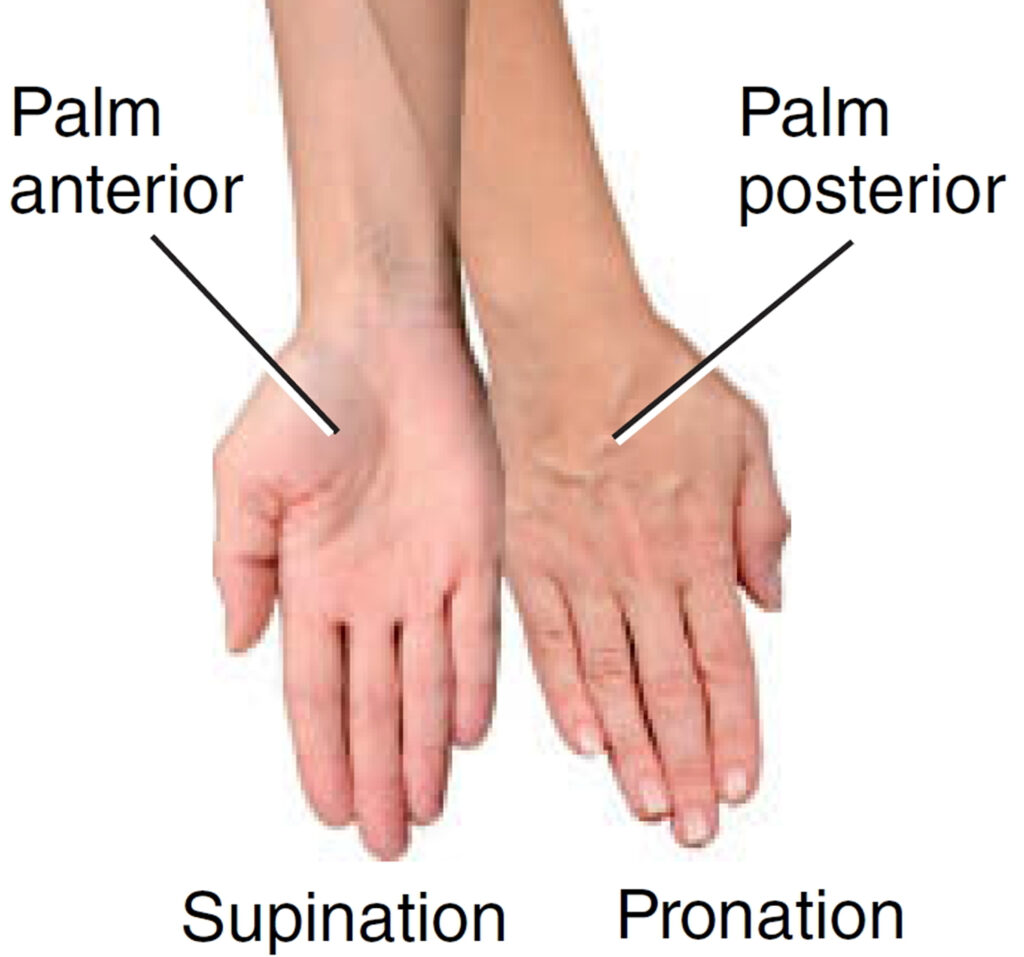
Forearm supination:
The patient’s position is in a standing and sitting position for the exercise in starting position.
Then the patient is holding a small dumbbell in their hand and rests the forearm on a table with the palm facing down.
Turn the palm over till it the facing up, and maintain this exercise position for a few seconds, and back to the starting position.
Repeat this strengthening exercise 10 – 15 times every day.
Stretching Exercise for Brachioradialis muscle pain:
- Standing brachioradialis stretch
- Arms down brachioradialis stretch
- Arms back brachioradialis stretch
Standing brachioradialis stretch:
The patient’s position is in a standing position for the stretching.
Then put the arms out in front of the with the elbow joint fully locked out, place one hand on top of the other, and interlock the fingers.
Flex the wrist joint of the bottom hand, and then rotate the wrist joint onto the left side till the patient feel a strong brachioradialis stretch.
Maintain this stretching exercise for 15-30 seconds, and repeat this stretching exercise for the other arm by rotating the hands to the right.
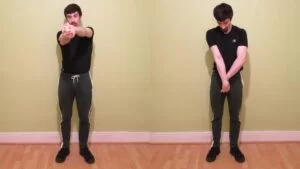
Arms down brachioradialis stretch:
The patient’s position is in a standing position for the stretching, crosses the wrist joints over to one another, and interlocks the fingers.
Then, rotate the top wrist joint away from the body while keeping the elbow joint locked out, and repeat the same action in the other arm.
Maintain this stretching exercise for 15-30 seconds, and this stretching exercise is repeated 2 to 3 times every day.
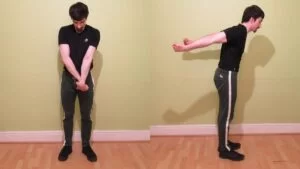
Arms back brachioradialis stretch:
The patient’s position is standing up straight with a good or tall posture.
Then put the hands by the sides in a pronated position means palms facing backward.
Must be the elbow joints are completely locked out, and without moving the hip joint and flexing the waist, extend the arms behind the body till they feel the deep brachioradialis stretch.
Maintain this stretching exercise for 15-30 seconds, and repeat this stretching exercise in 1 to 2 sets every day.
FAQ
What does a torn brachioradialis feel like?
Pain in the front of your elbow. Swelling in the front of your elbow. Problem extending your elbow (this may place stress over the injured brachialis tendon) Weakness when flexing your elbow, specifically when your forearm is in the pronated position.
What is the treatment for brachialis pain?
While minor brachialis pain can generally be treated with massage & physical therapy, pain-relief medications, and supportive braces, worsened conditions may require cortisone injections or surgery followed by rehabilitation to repair strength & function.
What is the function of brachioradialis?
The brachioradialis muscle is responsible for flexion (i.e., the motion of a limb closer to the center of the body) of the forearm & functions to stabilize the elbow joint in conjunction with the biceps & brachialis muscle when bending the forearm.
What causes pain in the brachioradialis?
The brachioradialis can be damaged due to overuse or by pushing the muscle beyond its capacity. Blunt trauma from a fall or blow or lifting very heavy things can also injure the muscle. Symptoms may contain sharp, sudden pain followed by steady pain accompanied by swelling, stiffness, or tenderness.
How long does a brachialis tear take time to recover?
The time required to heal from a bicep tear or strain will rely on many factors, including the age and health of the patient, as well as the stringency of the injury. Mild damages take ten weeks or more, while more painful damages that need surgery can take months to fully heal function.

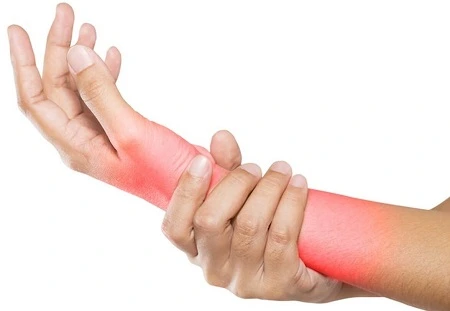
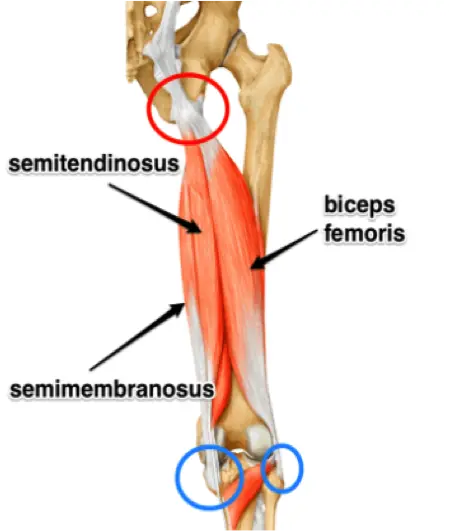
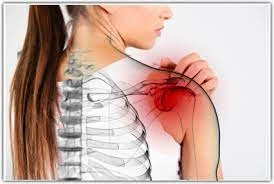
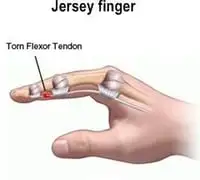
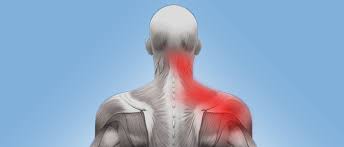
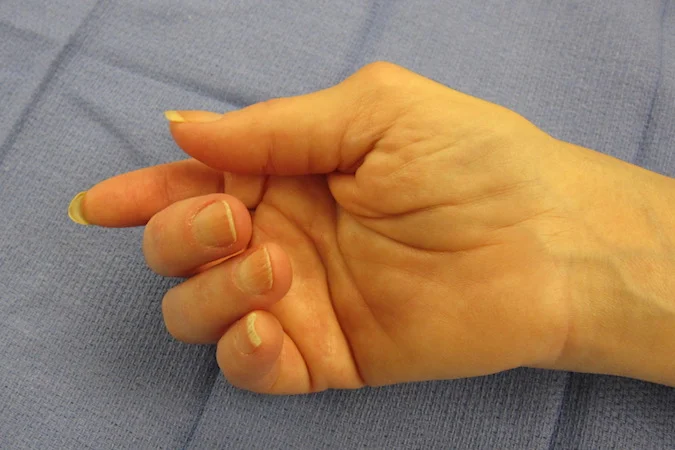
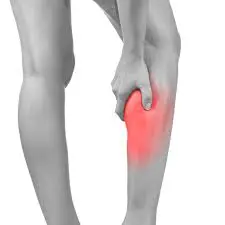
2 Comments